The Virginia-class USS Minnesota submarine is expected to arrive to homeport in Guam, after Oct. 1 - in the coming fiscal year, according to the U.S. Pacific Fleet Submarine Force.
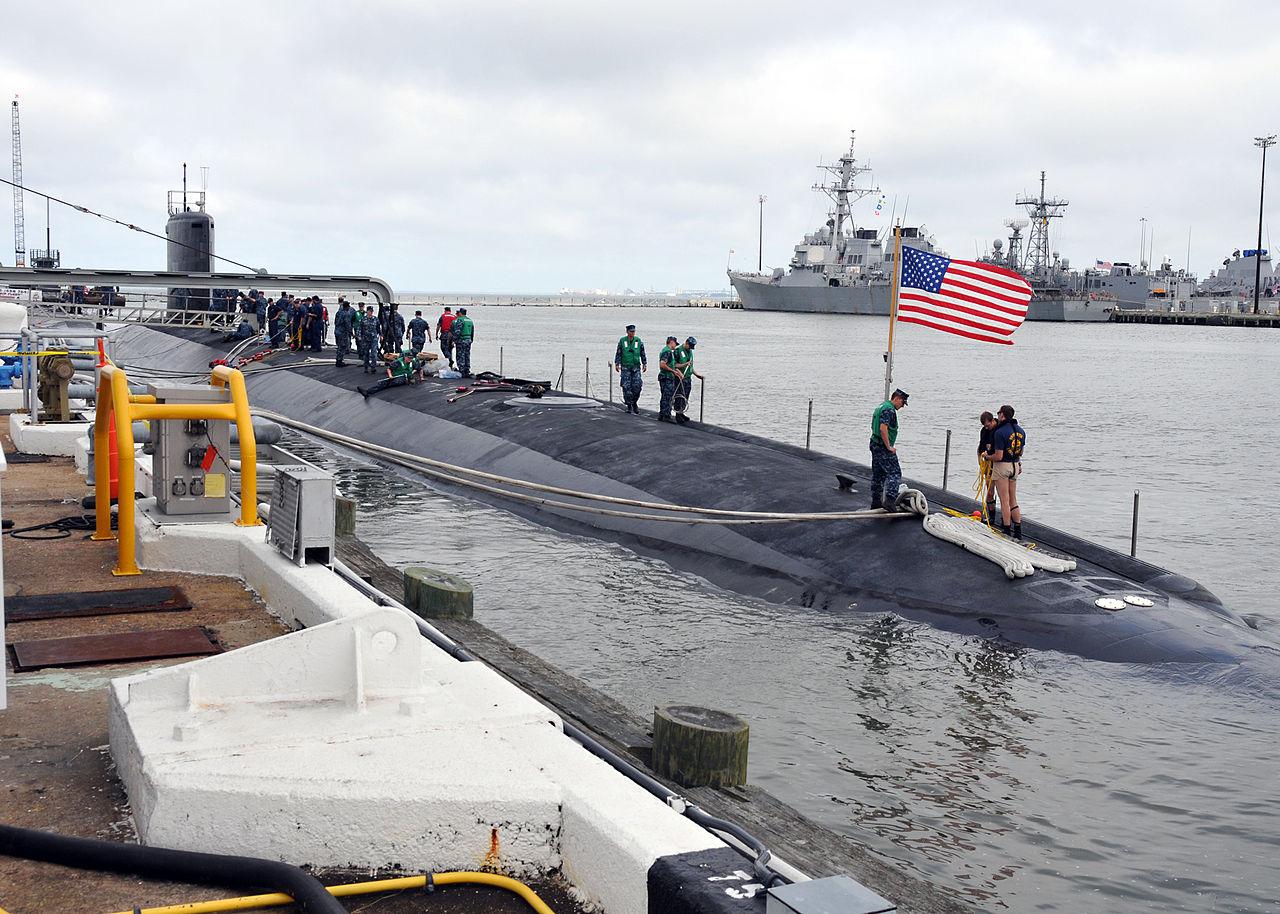
The Minnesota was commissioned in 2013 and is currently homeported at Pearl Harbor. In early July it completed a two-year maintenance overhaul at the Pearl Harbor Naval Shipyard and Intermediate Maintenance Facility, according to the Stars and Stripes military newspaper, which broke the story.
Guam’s Submarine Squadron 15 has four Los Angeles class nuclear-powered fast attack submarines - the USS Springfield, the USS Ashville, the USS Jefferson City, and the USS Annapolis. A fifth submarine, the USS Key West left Guam in January, headed for the U.S. mainland and de-commissioning.
The nuclear-powered Virginia-class subs will eventually replace the Navy’s aging fleet of Los Angeles-class vessels.
Guam is also the home port for the U.S. Navy's only submarine tenders, the USS Emory S. Land and the USS Frank Cable. mbj
Guam to get another submarine - the latest
Recommended Articles...
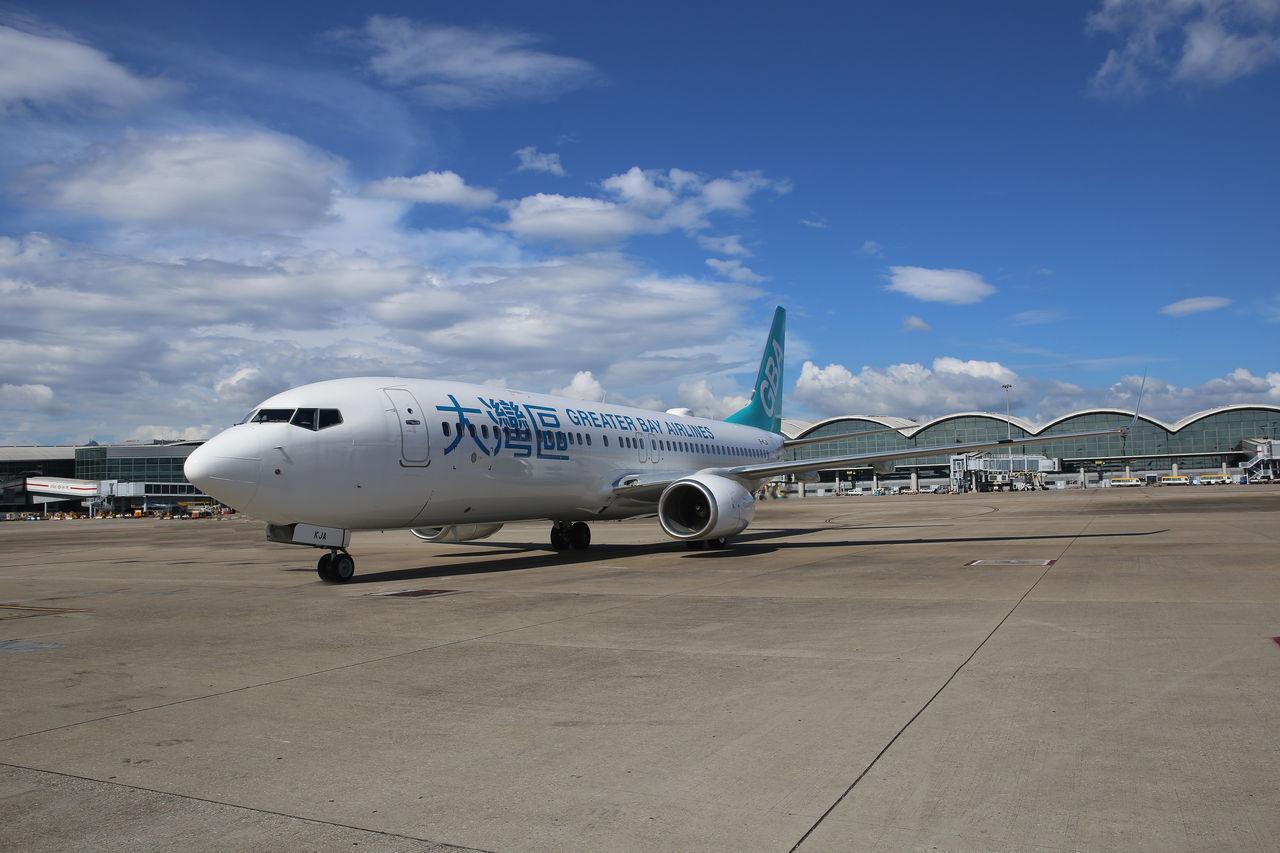
Greater Bay Airlines to fly NMI and Guam in late 2025-2026
Hong Kong based carrier, Greater Bay Airlines, has filed for a U.S. Foreign Air Carrier Permit to start scheduling flights to Guam and the Northern Mariana Islands.
Read More 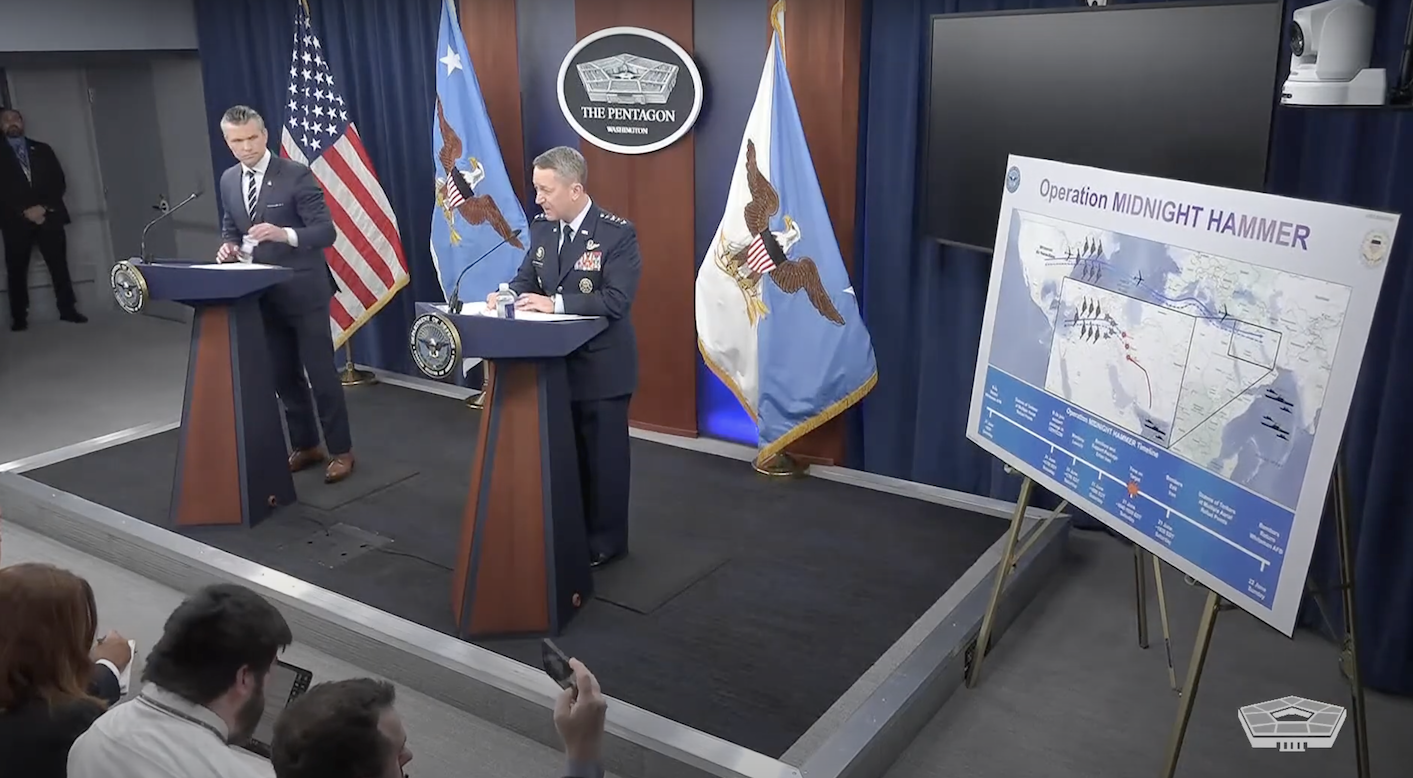
Secretary Hegseth and Gen. Caine discuss Operation Midnight Hammer with media
Secretary of Defense Pete Hegseth and Chairman of the Joint Chiefs of Staff General Dan Caine held a press conference at the Pentagon on Sunday evening (ChST).
Read More 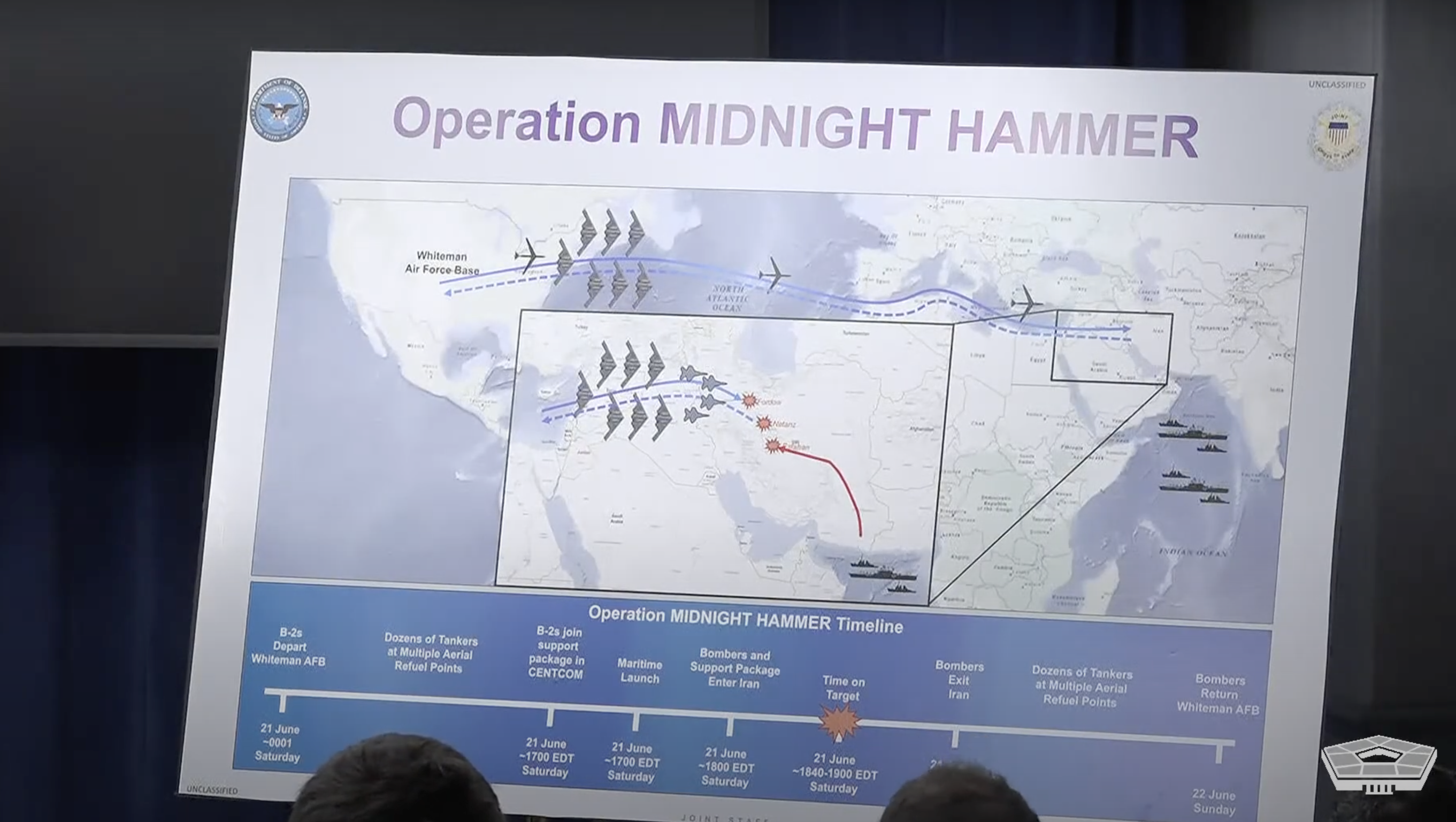
Adelup: No B-2 Bombers on Guam; residents warned to beware of cyber attacks
There are no B-2 bombers on Guam and there won’t be any in the near foreseeable future, according to Adelup.
Read More 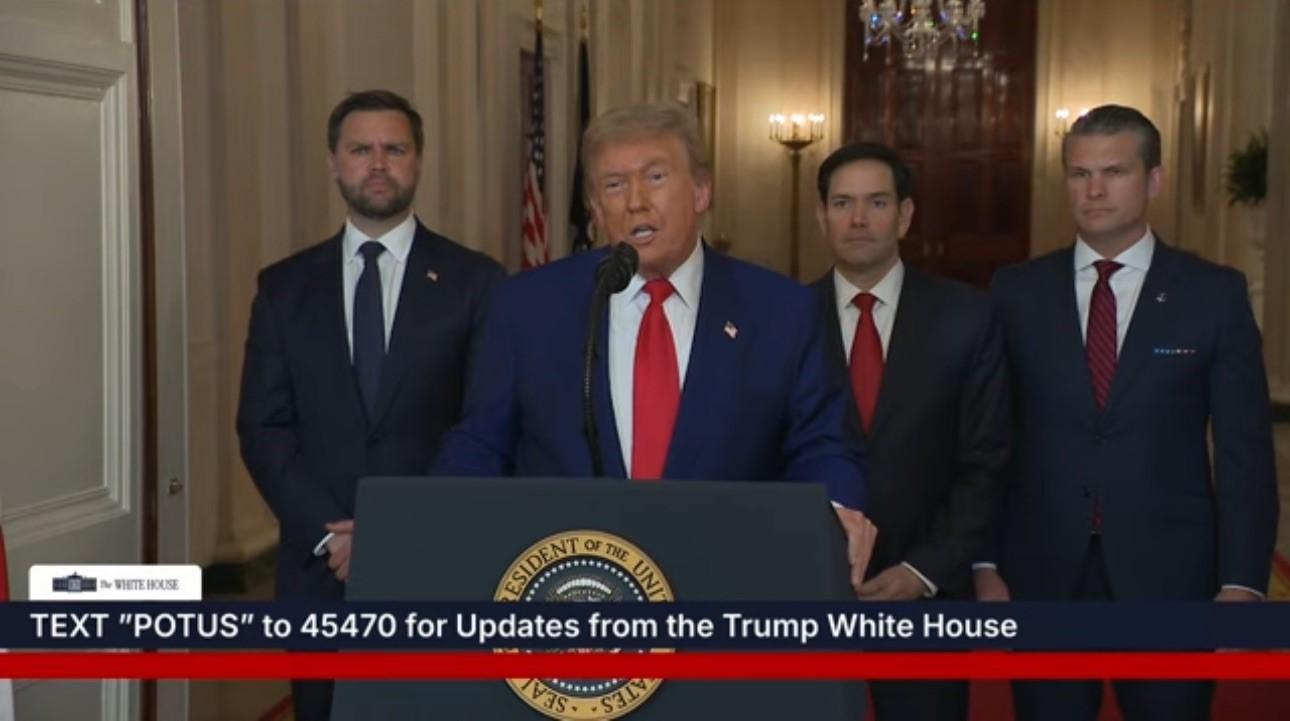
Leon Guerrero issues statement following U.S. strike on Iran facilities
Shortly after President Donald J. Trump announced military strikes on three Iranian nuclear facilities, Gov. Lourdes A. Leon Guerrero issued a statement reiterating there are no credible threats to Guam.














